In the piping engineering industry, the terms FIV, AIV, and Random-Vibrations refer to different types of vibration phenomena that can affect the integrity and safety of piping systems. In recent times, due to various piping vibration-related failures in the oil and gas industries, the study of FIV, AIV, and random vibrations has become compulsory in different engineering organizations. Before we list down all interview questions related to FIV, AIV, and random vibrations, here’s a concise explanation of each term:
1. FIV – Flow-Induced Vibration
Flow-Induced Vibration (FIV) occurs when the flow of fluid inside the pipe causes vibrations due to turbulence, vortex shedding, or fluid-structure interaction.
Key Features of Flow-Induced Vibrations:
- Common in high-velocity systems or multiphase flows.
- Often results from turbulent eddies, pressure pulsations, or sudden changes in flow direction.
- It can lead to fatigue failure, loosening of supports, or noise if not controlled.
Example Causes of FIV:
- High-velocity single or multiphase flow in elbows, tees, or reducers.
- Sudden expansions or contractions in the pipe.
- Visit here to learn more about Flow Induced Vibrations
2. AIV – Acoustic-Induced Vibration
Acoustic-Induced Vibration (AIV) is caused by high-frequency pressure waves (acoustic energy) typically generated by pressure-reducing devices, like control valves or relief valves.
Key Features of Acoustic-Induced Vibrations:
- Typically occurs in gas or vapor systems.
- Frequencies involved are much higher (often in the ultrasonic range).
- It can cause high-cycle fatigue failures, especially in small-bore connections or branch welds.
Example Causes of AIV:
- Blowdown through relief valves.
- Flow through restriction orifices or control valves under high pressure drop.
- To learn more about AIV, Click here
3. Random Vibrations
Random vibration refers to vibrations with no definite or predictable pattern, caused by stochastic (random) loads or forces acting on the piping system.
Key Features of Random Vibrations:
- May be due to multiple overlapping sources like rotating equipment, flow turbulence, or external environmental loads.
- Requires statistical analysis for assessment (e.g., Power Spectral Density – PSD).
- Often analyzed when multiple vibration sources are present or when the exact input is unknown.
Example Causes of Random Vibrations:
- Vibration transmitted from rotating machinery.
- External environmental factors, like seismic activity or wind.
The above concise details can be summarized in a tabular format as follows:
| Term | Full Form | Caused By | Frequency Range | Risk |
|---|---|---|---|---|
| FIV | Flow-Induced Vibration | Turbulence, flow separation | Low to Medium | Fatigue, noise |
| AIV | Acoustic-Induced Vibration | High-pressure drops, shock waves | High | Weld failure, fatigue |
| Random Vibrations | — | Mixed/random sources | Varies | Depends on amplitude and duration |
Interview Questions Related to FIV, AIV, and Random Vibrations
Piping stress engineers are asked various questions related to FIV, AIV, and random vibrations. Here are the top 25 frequently asked interview questions concerning FIV, AIV, and random vibrations that you should prepare for before facing any interview.
- Define sound power and sound pressure level. State the relation between them.
- Why does flow separation take place at pipe bends and piping valves?
- Explain the terms monopole, dipole, and quadrupole with respect to sources of fluid force-related vibrations. Give one example of each of the situations.
- Explain the terms random vibration, probability distribution function, autocorrelation function, broadband, and white noise. Explain using the Fourier transformation where required.
- Explain the key characteristics of AIV and its causes.
- Explain the different available methods in the industry to address AIV. Explain their strengths and weaknesses.
- Is the velocity of vibration related to D/T or D/T2?
- What is the upper bound for D/T recommended in Eisinger’s work? Explain the M.(Delta)P approach of Eisinger.
- Explain the development of the Energy Institute guideline requirements for AIV.
- What is a joint acceptance function?
- Explain the significance of the term FVF. Why is its value 1.0 for liquid or multiphase systems?
- What is the typical frequency range and time scale of failure due to AIV? Contrast this with FIV.
- Explain the significance of the term likelihood of failure as used in the Energy Institute guideline.
- Why is a (rho*v2) value of 5000 very conservative for filtering lines with FIV? Can you refer to another industry standard that has more relaxed requirements?
- Is AIV significant for an open PSV system? Explain with reasons.
- Is AIV a concern on a straight pipe? If not, why not?
- Briefly describe recommended corrective actions for AIV, including the use of low-noise trims.
- Explain a method to quantify forces due to FIV. How will you use this calculation? What are the risks of using this approach (and similar approaches)?
- Explain methods to solve FIV issues.
- In the design stage, what can be done to address AIV and FIV concerns?
- What is the key concern with the energy institute guideline check for RMS velocity vs. frequency?
- What is the significance of the term RMS? What could be done better?
- Explain the use of viscous dampers, stating the challenges and gains. How will you select a viscous damper for your application?
- Should the LOF cutoff be different for continuous vs. non-continuous systems with respect to AIV?
- Explain the potential changes behind the upcoming edition of the EI guideline and explain the rationale behind the same.
Online Course on Acoustic and Flow-Induced Vibrations (FIV and AIV) with an Introduction to Random Vibrations
Are you looking for the answers to the above questions? Then I can suggest that you enroll in the following online course that provides a detailed explanation of each of the questions mentioned above. Further, you can ask additional questions to the mentor to clarify your doubts. Click here to enroll and access the course.
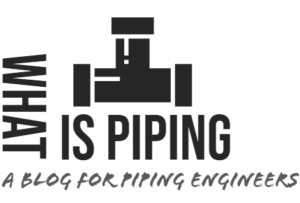
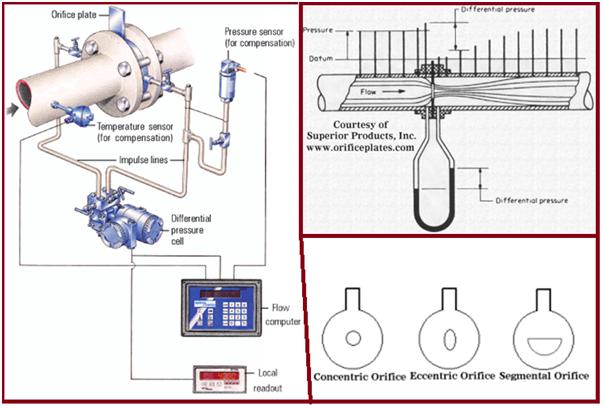
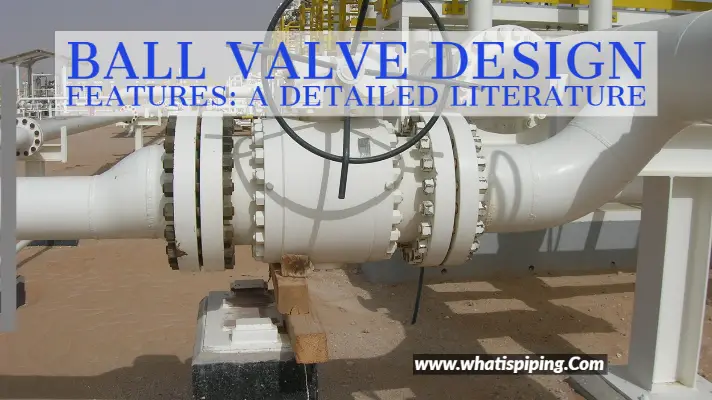
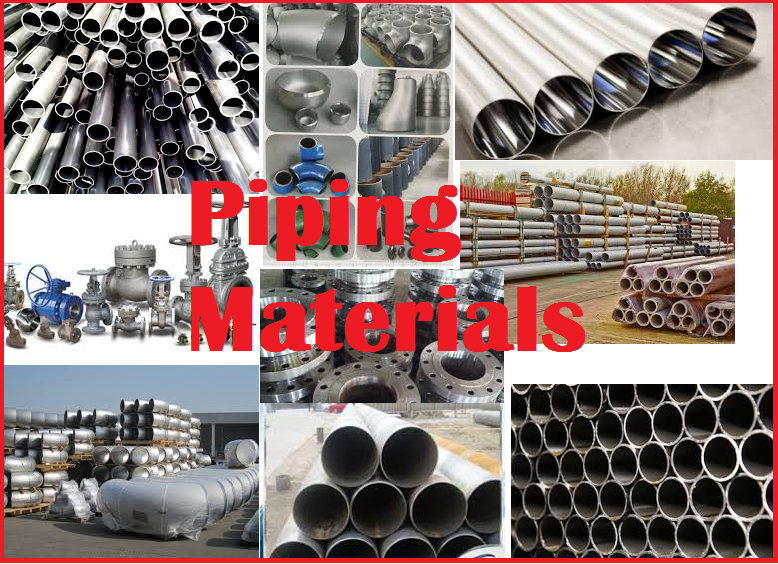
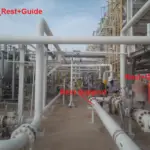
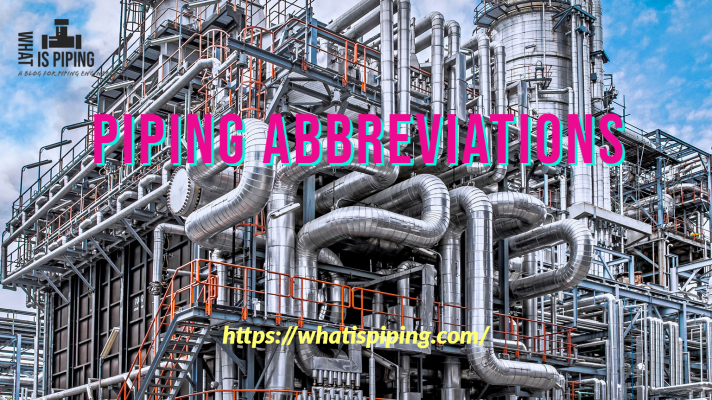

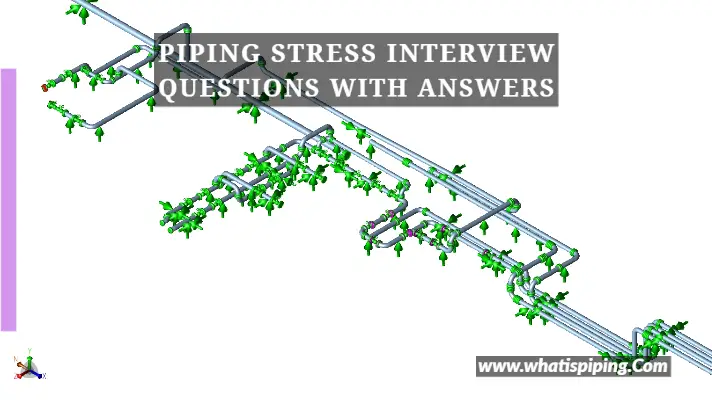

how check this Vibration stress?
Can this be verified with Caesar or other stress program?